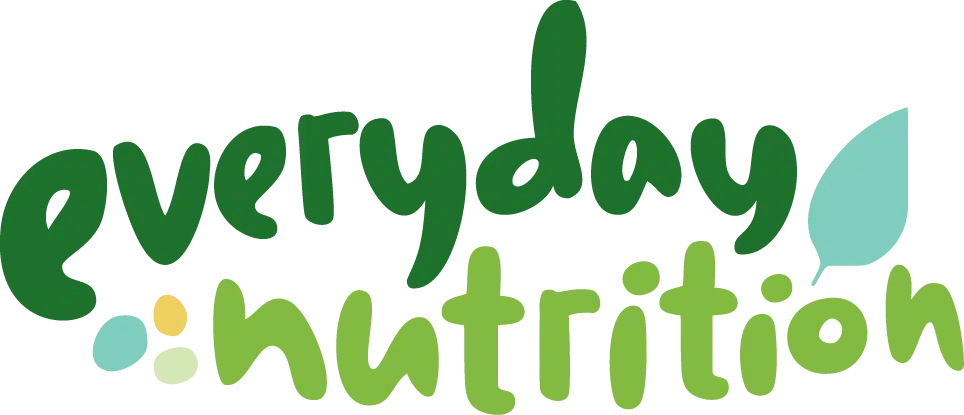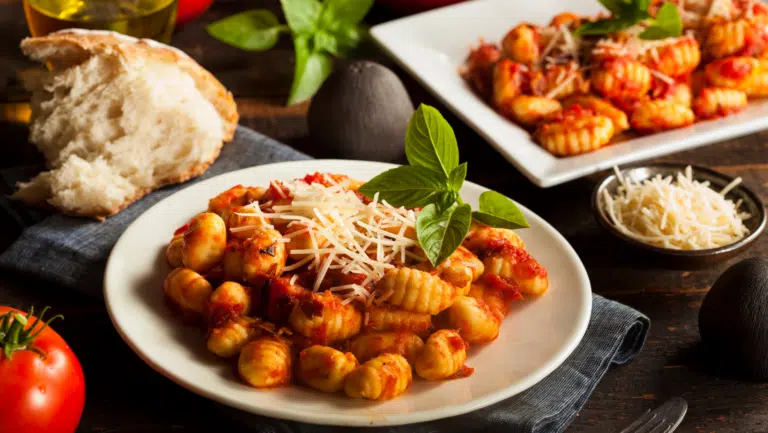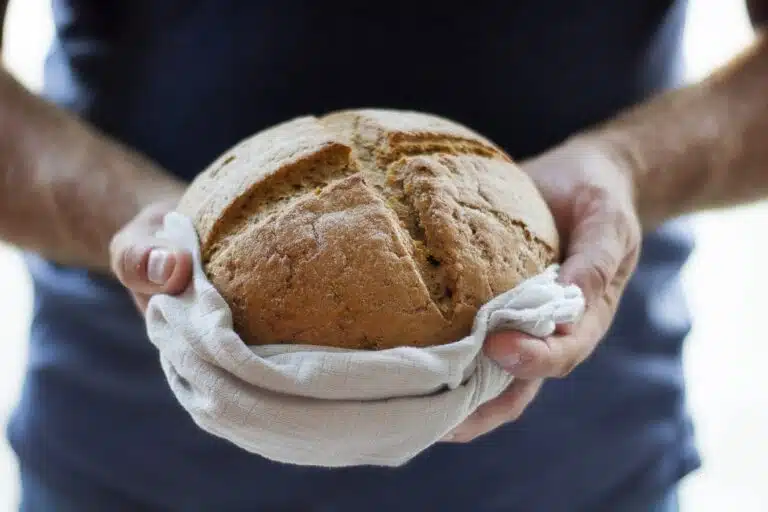
How to Eat Vegetarian on a low FODMAP Diet
How to Eat Vegetarian on a low FODMAP Diet
- filed under: All, FODMAPs & Food Intolerance
So you have IBS but you’re also vegetarian, now what? Regardless if you’re a strict vegan, just want to include more plants in your diet or you are somewhere in between, combining this with a low FODMAP diet can be tricky. The good news is that with some careful planning, not only can you do it, but you can thrive!
Do your research
Invest in the Monash university smart phone app. Monash created the low FODMAP diet and continue to test foods for FODMAP content. They tell us what foods are high FODMAP and what foods are low FODMAP and what serve sizes are suitable though their smartphone app. This makes the Monash app the gold standard of what you can and can’t eat during the first phase of the low FODMAP diet.
Know that low FODMAP is not forever
The low FODMAP diet is not a forever diet. Instead, it is a process that is designed to help you identify what foods you tolerate well and what foods contribute to gut upset in large amounts. It is separated into 3 phases, the restrictive phase, the challenge phase and the long-term phase. You can read more about the three phases and what is involved here. The key thing to know is that in the long term you will be able to bring back more variety.
Know your low FODMAP protein options
When it comes to beans and legumes low FODMAP is all about serve size and canning. The important thing to know here is that FODMAPs are water soluble, so they leach into the liquid while the legumes are sitting in the can. If you drain them and give them a rinse, they can be including on a low FODMAP diet. Low FODMAP proteins include:
- ¼ cup serves of lentils, chick peas, lima beans, mung beans and butter beans or 2 tbsp serves of black beans. These serves are not huge, but you can combine them with other vegetarian proteins to help meet your needs
- 2/3 cup serve of sprouted mung beans
- 1¼ cups edamame beans
- Soy protein milk, firm tofu and tempeh
- Nuts – Almonds (30g), brazil nuts, macadamias, mixed nuts, pecans, peanuts and walnuts
- Seeds – Pepitas, linseeds, chia seeds (10g), poppy seeds, sunflower seeds and sesame seeds Eggs (if you eat them)
- Lactose free milk and yoghurt
- Firm cheese
- Vegetarian “meat” options (e.g. quorn) without onion, garlic or TVP
Note: many plant milks including almond milk, oat milk and rice milk are quite low in protein. If you are choosing these, check the nutrition information panel and look for 3g or more of protein per 100ml.
Be aware of stacking
Stacking is talked about way more than necessary, so I don’t want to make a big deal of it. Firstly, if you are feeling good, keep doing what you’re doing. If you’re on a low FODMAP diet and not getting consistent results, you may want to look at the combination of foods. Stacking occurs when you eat multiple low FODMAPs foods together that compound each other and together they become high FODMAP. You can read more about stacking here. When combining multiple serves of legumes or nuts, stacking can occur. In this case we recommend limiting to 2-3 serves per meal or snack. If you are not vegan, cheese, eggs, lactose free milk and lactose free yoghurt can be eaten freely in large serves. So, these are a great way to pad out the protein in your meals.
Plan ahead & stock your cupboards
Shop regularly and fill your cupboards with lots of low FODMAP fruits, vegetables. Your Monash app is a great resource for options.
- Fruit & veg: lettuce, tomato, cucumber, carrots, spinach, leeks (green tips are low FODMAP), sweet potatoes, zucchini, strawberries, blueberries and oranges
- Sourdough bread
- Firm tofu, lactose free or coconut yoghurt, eggs, cheese, lactose free milk
- GF pasta (avoid legume flours), quinoa, rice, canned legumes, millet, buckwheat and oats
- Nuts & seeds
- Low FODMAP convenience foods like pasta sauce without onion or garlic, low FODMAP muesli bars & rice crackers,
Eating out
This can be tricky so it’s worth checking the menu and calling ahead to see what meals are going to be easy to modify and what the café or restaurant can do for you. It can also be a good idea to have a snack before leaving home so that you don’t get there starving. Options may include eggs on sourdough toast, gluten free pasta with a plain sauce (no onion or garlic) or a Greek salad (no onion) with olives, feta and sourdough.
It’s also good to remind yourself that low FODMAP doesn’t have to be perfect and if you accidently (or intentionally) eat a higher fodmap food you can just take care of any symptoms and then pick up where you left off.
Its ok if some meals are not perfect
Just like low FODMAP is a not a game of perfect, nutrition isn’t a game of perfect either. Some meals won’t be “Instaworthy”, and that’s ok. When you’re at home, try to include a balance of (cheese, legumes, tofu, nuts etc), carbs (gluten free pasta, quinoa, rice, potatoes etc) and veg or salad. If a meal is missing anything, try including it as a snack. This will keep the bigger picture in check and you won’t have to focus so much on the details.
Get support!
We know that people who do a low FODMAP diet with a Monash trained dietitian get better results and restrict less food overall. This is even more important if you are also vegetarian. Everyday Nutrition dietitians are all Monash FODMAP trained and advocates of plant-based diets. We would love to support you to pinpoint your triggers and make peace with food within the boundaries of a vegetarian or vegan diet.
Tips for building a low FODMAP vegetarian meal plan:
- Include a plant-based protein at meals and snacks. Think nuts, seeds, low FODMAP serves of legumes, tofu, tempeh, quorn, seitan, lactose free milk, lactose free yoghurt, eggs and cheese.
- Make veggies the star of the dish and serve meat on the side for non-vegetarian family members
- Meals like Gf or sourdough burgers or baked potatoes with toppings where people can mix and match appropriate toppings are great options for families.
- Add nuts, seeds or low FODMAP serves of canned beans to salads or stir fries
- Boost iron by adding tomatoes, low FODMAP serves of capsicum or lemon juice to leafy green veggies
- Include eggs for protein, B12 and zinc
- Snack on lactose free dairy e.g. lactose free milk, lactose free yoghurt and cheese
- Add herbs and spices for a low FODMAP flavour boost.
- Include colourful veggies to make meals look appetising.
- Include plenty of low FODMAP grains for nutrition and satisfaction. Quinoa, oats, brown rice, and millet all pack a punch in terms of fibre and contain iron and protein as well
TAGS:
SHARE THIS POST

Meet Joanna
PASSIONATE IN DIGESTIVE HEALTH
grab your freebie
Week 1 - Low FODMAP Menu





